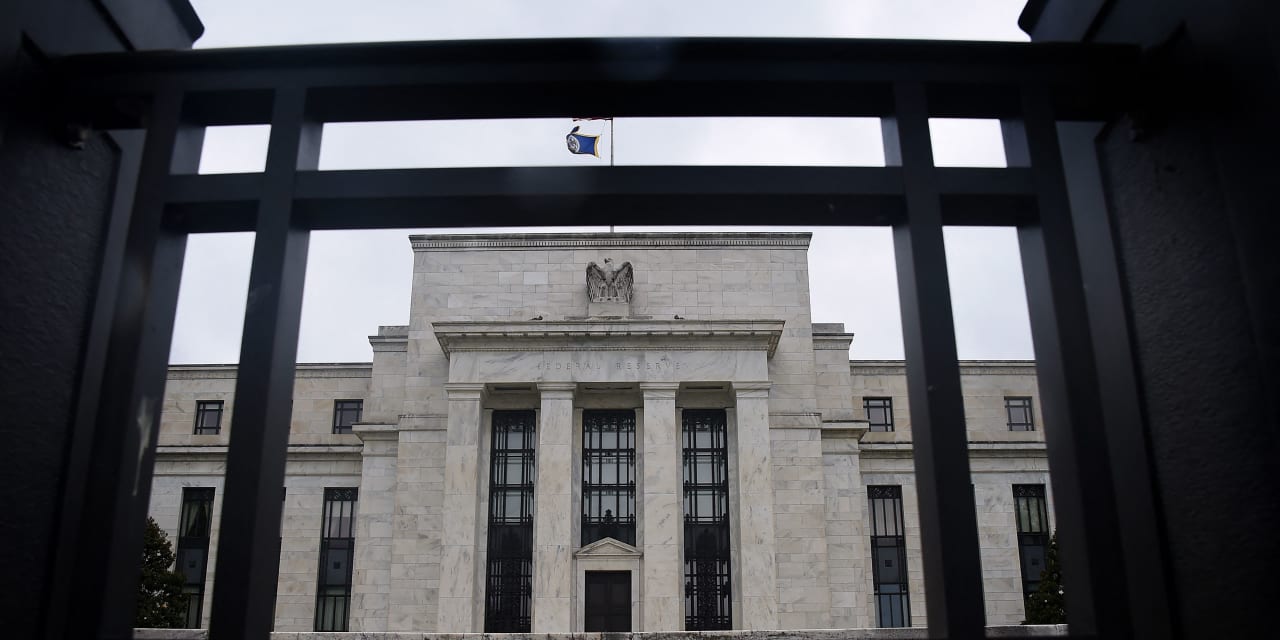Investors gearing up for the Federal Reserve’s rate-hiking campaign to draw to a close have been migrating into beaten-up bonds and “undervalued” stocks in recent months.
Five months ago, roughly 52% of respondents in the fixed-income market said they were raising the duration in their bond holdings, according to a MFS survey conducted from May 31 to June 5, but released on Wednesday.
Almost one in three said they planned to boost allocations to U.S. credit in 2024, while about a quarter said they expected to increase in emerging-market debt.
“Clearly, investors have been de-risking over the past six to 12 months,” Jon Barry, managing director, MFS Investment Solutions Group, told MarketWatch in a follow-up call.
Results of the survey, now in its fourth year, also mark a notable shift in sentiment after an era of low rates, with fixed income finally viewed as “fairly valued,” something “it hasn’t been for a long time.”
Investing in longer-duration bonds hasn’t been for the faint of heart, with values recently declining by the most in nearly two decades in the wake of some 18 months of Fed interest-rate hikes.
See: Why a derailed $11 trillion corporate bond market looks ripe for a comeback as U.S. inflation slows
In the latest bout of volatility, the 10-year
BX:TMUBMUSD10Y
and 30-year Treasury yields
BX:TMUBMUSD30Y
surged to about 5% in October, the highest in 16 years. But with their swift retreat to 4.5% and 4.7% yields, several major U.S. bond indexes this week were lifted back into the green for the year, from a total return perspective.
The closely watched Bloomberg U.S. Aggregate index, which tracks investment-grade U.S. bonds, was on pace for a roughly 0.4% total return on the year through Wednesday, according to FactSet.
The related $92.5 billion iShares Core U.S. Aggregate Bond ETF
AGG
was on track for a 0.7% total return in 2023, according to FactSet.
The latest retreat in bond yields has been pegged to growing optimism around fading inflation pressures and about the U.S. economy potentially avoiding a recession, even if the Fed only modestly cuts rates next year.
“On the equity side going forward, they are seeing opportunities in stocks that got a little more beaten down in the past few years,” Barry said.
The S&P 500 index
SPX
up 17.5% on the year as of Wednesday, the Nasdaq Composite Index
COMP
up 35% and the Dow Jones Industrial Average
DJIA
up 5.7%, according to FactSet.
Read: S&P 500 close to exiting correction territory as JPMorgan warns risk-reward in stocks appears ‘unattractive’
Even with the recent rally, many bond indexes still remain deeply negative when looking at multiyear returns, with the Bloomberg US Treasury (20+Y) index on pace for a negative 39% 3-year total return, according to FactSet data.
The related $42.7 billion iShares 20+ Year Treasury Bond ETF
TLT
was down about 7.3% from a return perspective, on the year.
Back in equities, about 60% of the MFS survey respondents said they expect U.S. small-
RUT
and mid-cap stocks to outperform large-cap stocks in the next one to three years.
Roughly 21% said they planned to reduce their large-cap and growth-stock exposure in the next 12 months.
The MFS survey included 112 individuals representing a range of firms that had from under $1 billion to over $1 trillion in assets under management.
Read the full article here





